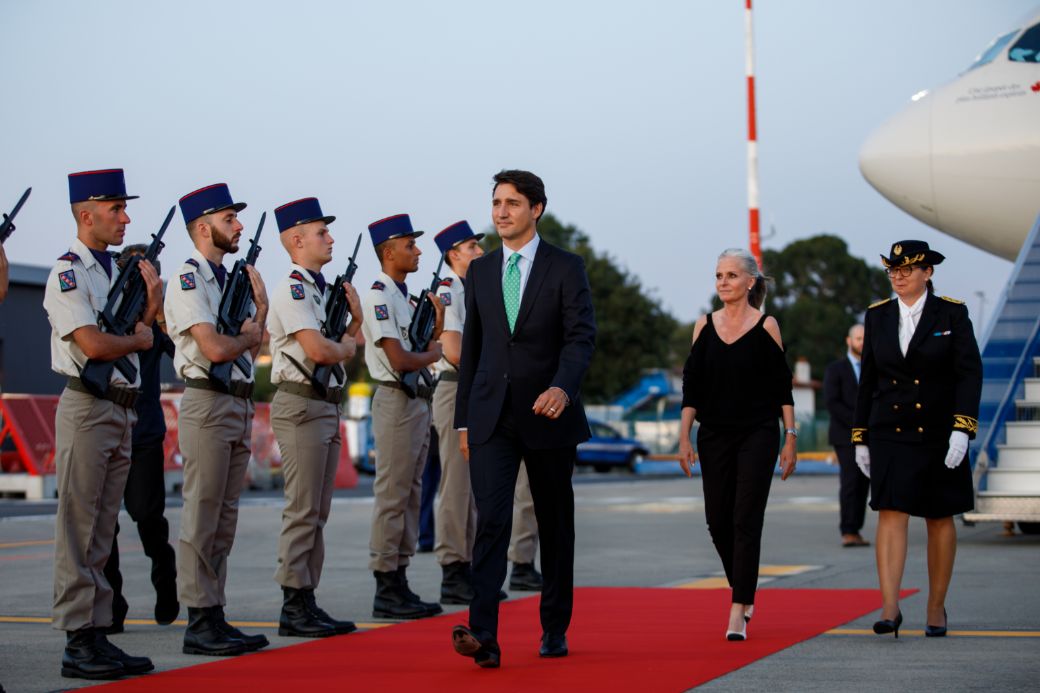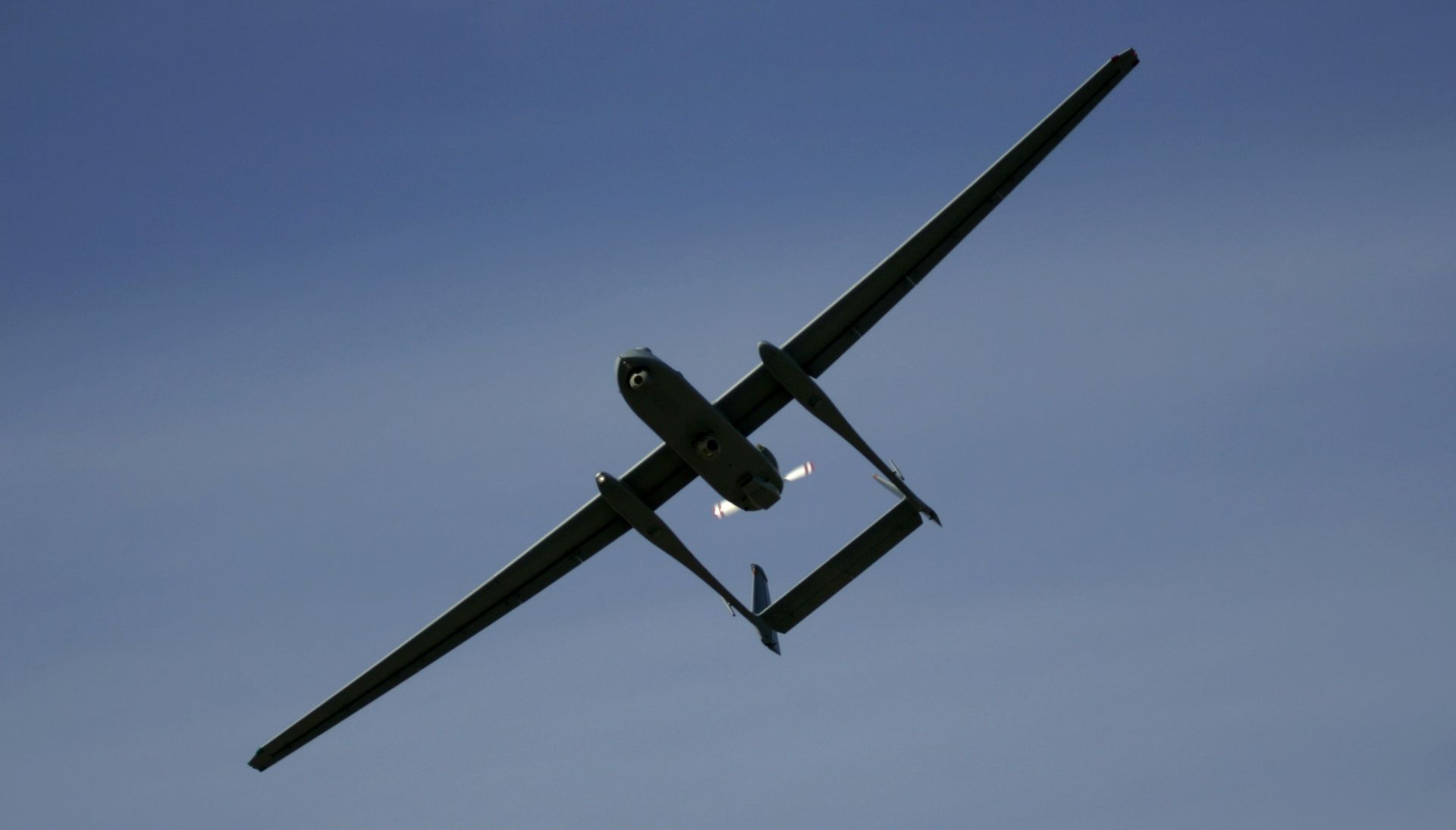‘Bharat Shakti’ in Pokhran will showcase the shock and awe that the three services seek to achieve in an operational situation by employing the manoeuvre
Prime Minister Narendra Modi, a strong proponent of self-reliance in defence, will get a ringside view of how the Indian military plans to leverage its indigenous capabilities for dominating the battlefield and crushing any threat to the country’s security during a tri-services exercise being held at the Pokhran firing range in Rajasthan on March 12, officials aware of the matter said on Saturday.
The integrated tri-services ‘live fire and manoeuvre’ exercise, Bharat Shakti, seeks to demonstrate the strides India has made towards achieving self-reliance in the defence manufacturing sector, with the simulated ‘shock and awe’ assault on the enemy lasting barely 50 minutes, the officials said.
“Bharat Shakti is being organised to demonstrate the prowess of indigenously manufactured defence equipment of the three services,” said Major General CS Mann, additional director general, Army Design Bureau.
The required lethality and potency in battle can be reached only when military power is applied in synergy across multiple domains and brought to bear upon the envisaged threat, he said during a briefing in South Block.
The drills come weeks after the Indian Air Force showcased its offensive capabilities by day and night at the Pokhran range near Jaisalmer, with fighter jets carrying out precision strikes against simulated enemy aircraft and targets on ground, including runways, bridges, ammunition dumps, radar sites, terror camps, thermal power plants and ordnance factories, to ensure battlefield superiority during Exercise Vayu Shakti-24.
Bharat Shakti will showcase “live integrated multi-domain, offensive operations” of the three services using indigenous equipment, Mann said. “It will showcase the shock and awe that the three services seek to achieve in an operational situation by employing the manoeuvre and fighting capabilities effectively,” he said.
A raft of military equipment will be showcased during the exercise.
It includes the light combat aircraft Tejas, light combat helicopter Prachand, armed advanced light helicopters, light utility helicopters, mobile anti-drone systems, T-90 tanks, BMP-II infantry combat vehicles, drone launched precision guided munitions, a variety of unmanned aerial vehicles, rockets, radars and artillery guns including Dhanush, Sharang and K9 Vajra.
“Pokhran imposes terrain restrictions on depicting naval manoeuvres. However, naval equipment will be showcased as part of static display… Synergised and joint operations will be decisive in the Indian context,” Mann said. The special forces of the three services will be seen in action during the drills, he said.
The exercise will highlight some aspects of tri-services integration.
“The most important aspect of tri-services integration is communications. Therefore, jointness in tri-services communication is being showcased by seamless integration of services-specific information and communications technology (ICT) networks,” Mann said.
The indigenous geographical information system for tri-services (IGIST) is another integration tool being showcased, he said. “It is an enterprise military geographical information system which can provide topographical maps, hydrographic charts and air navigation charts with analysis and operational planning capabilities.”
India has sharpened its focus on the defence manufacturing sector during the last five to six years and taken several measures to achieve self-reliance. These include banning the import of a range of weapons, systems and parts, creating a separate budget for buying locally made military hardware, increasing foreign direct investment from 49% to 74% and improving ease of doing business.
“The Atmanirbhar Bharat campaign proved to be a catalyst for transformation in indigenous research and development, adoption of niche technology and the establishment of the indigenous manufacturing eco system,” he said.
“The global situation has been turbulent, and the recent conflicts have brought into sharp focus the centrality of national Interests and need for Atmanirbharta. Supply chain disruption is the first casualty during any global conflict. Therefore, an important aspect of self-reliance is to have minimal dependency on global supply chains, especially in terms of critical and fast-moving spares.”
The concerns are not exaggerated.
For instance, the ongoing Russia-Ukraine war has hit the repair and overhaul (ROH) of critical equipment in the Indian Air Force’s Russian-origin aircraft, including aero-engines and avionics, and self-reliance plans are being pursued to address the situation.
“The Russia-Ukraine conflict has resulted in the inability to send major aggregates like aero-engines, critical avionics and specialist weapons abroad for ROH. To mitigate the situation, 44 shortlisted projects pertaining to Russian fighters, transport aircraft and helicopters are being progressed through Other Capital Procurement Procedure (OCPP),” the defence ministry said in its 2023 year-end review.
OCPP deals with enhancing the utility of the military ‘s existing assets through ROH under the Defence Acquisition Procedure (DAP) 2020.
Setting aside budget for India-made weapons and systems is one of the key measures to boost self-reliance. Around ₹1 lakh crore was earmarked for domestic procurement in the defence budget for 2023-24, compared to ₹84,598 crore, ₹70,221 crore and ₹51,000 crore in the three previous years.
(With Agency Inputs)





















Discussion about this post